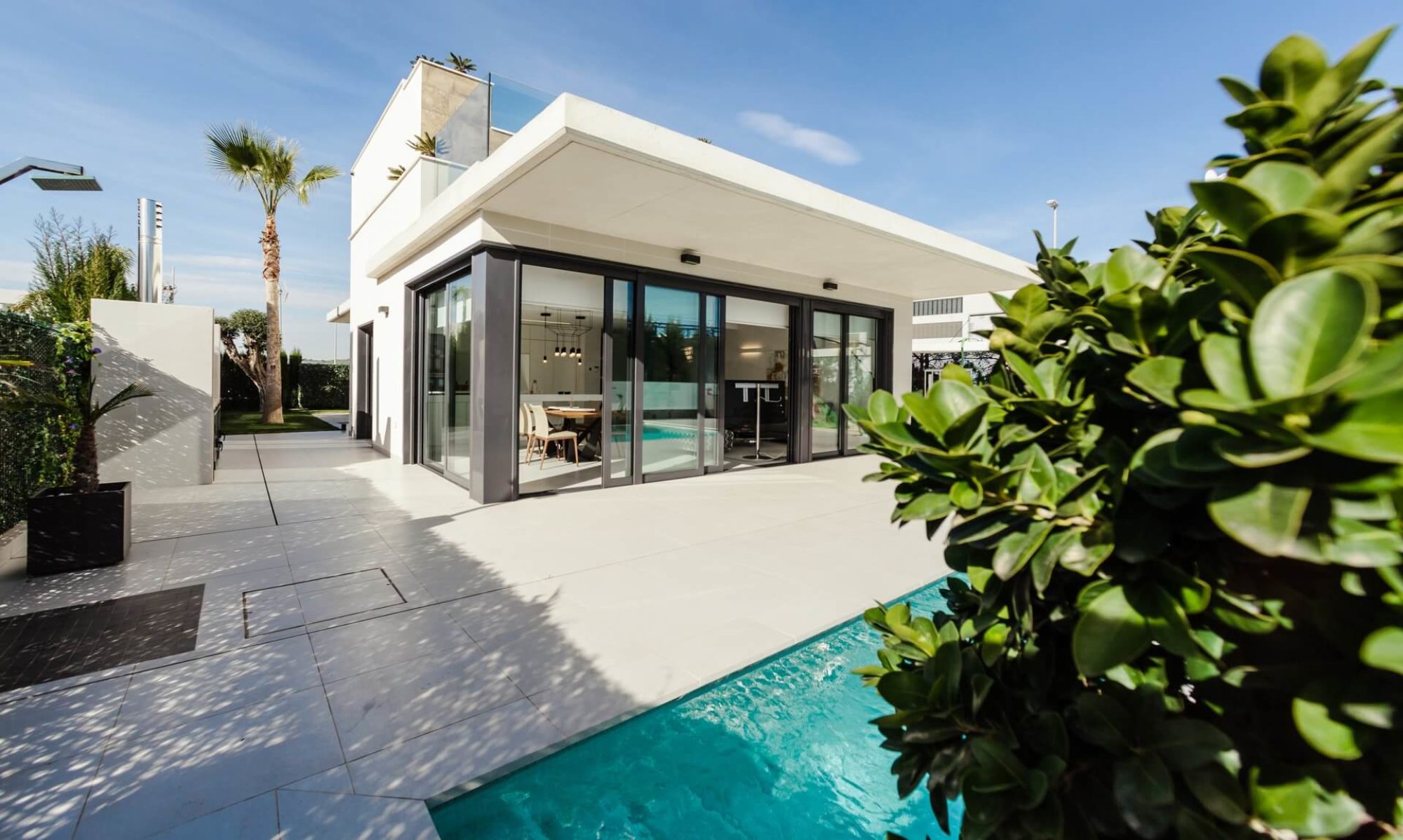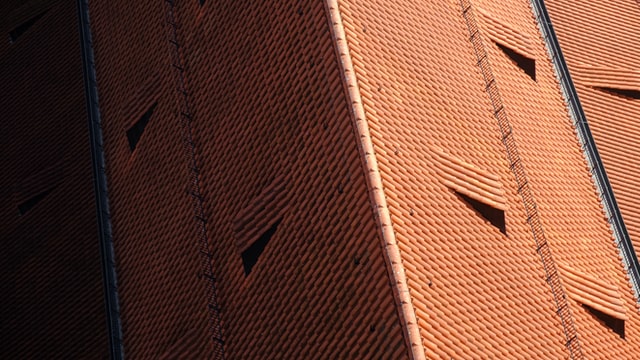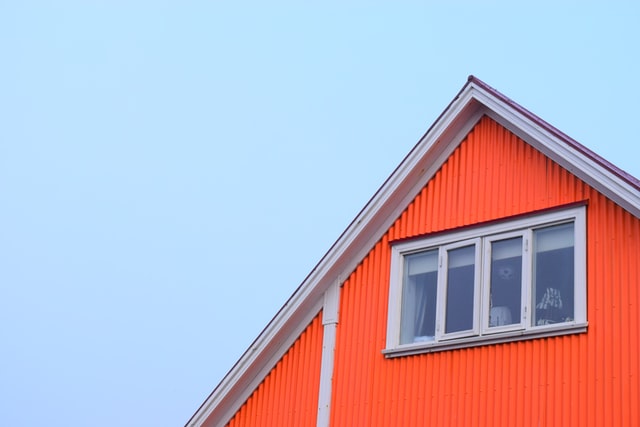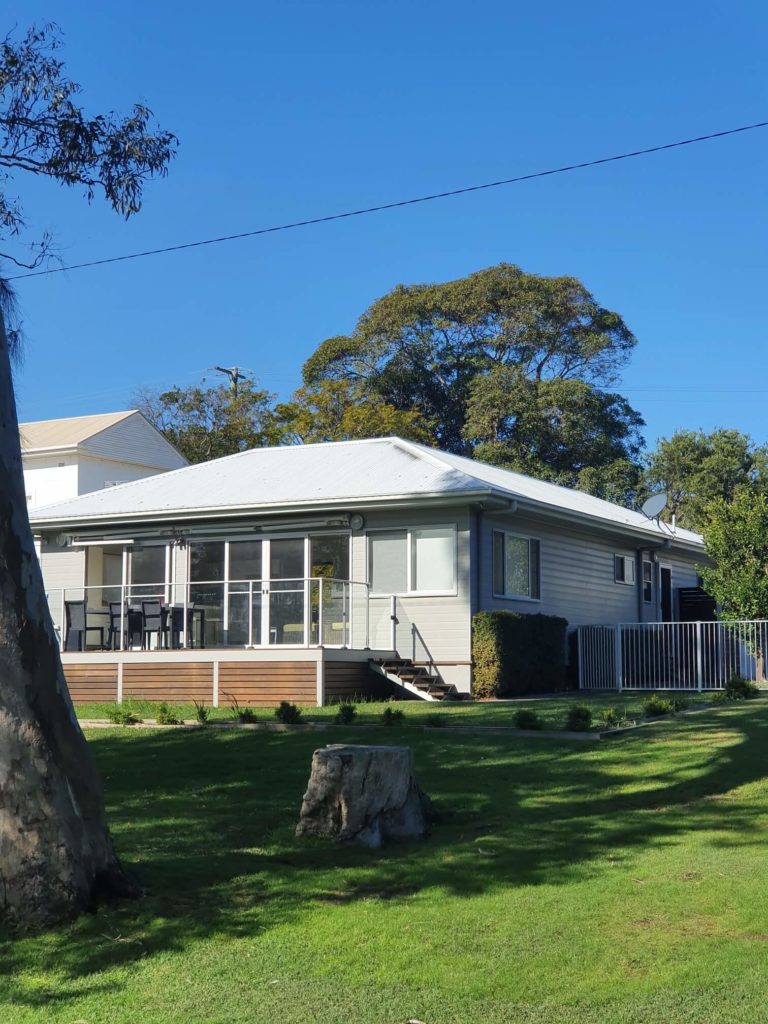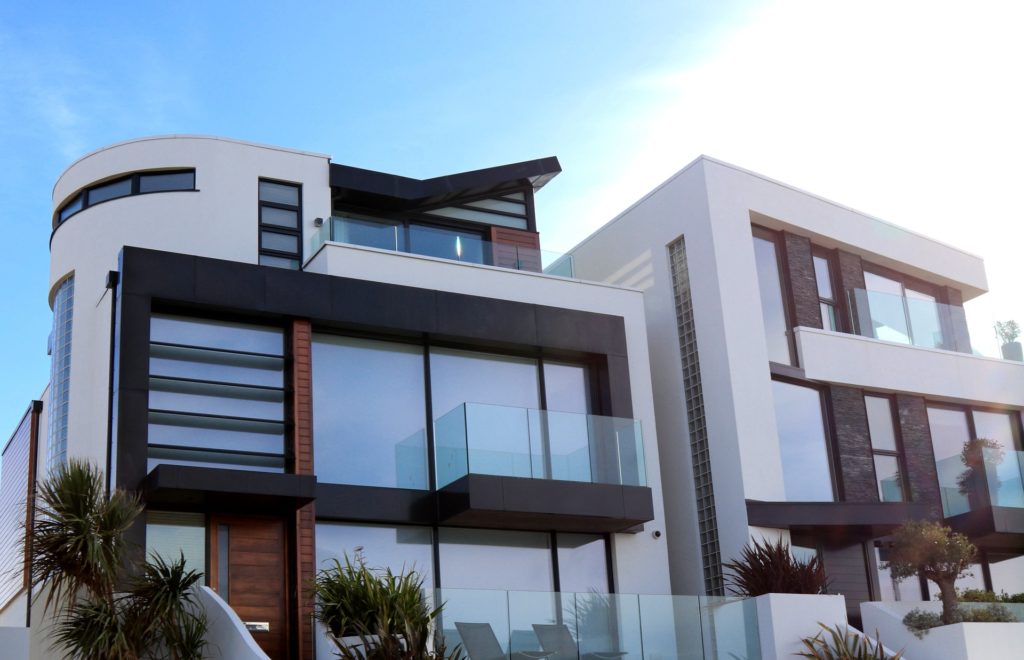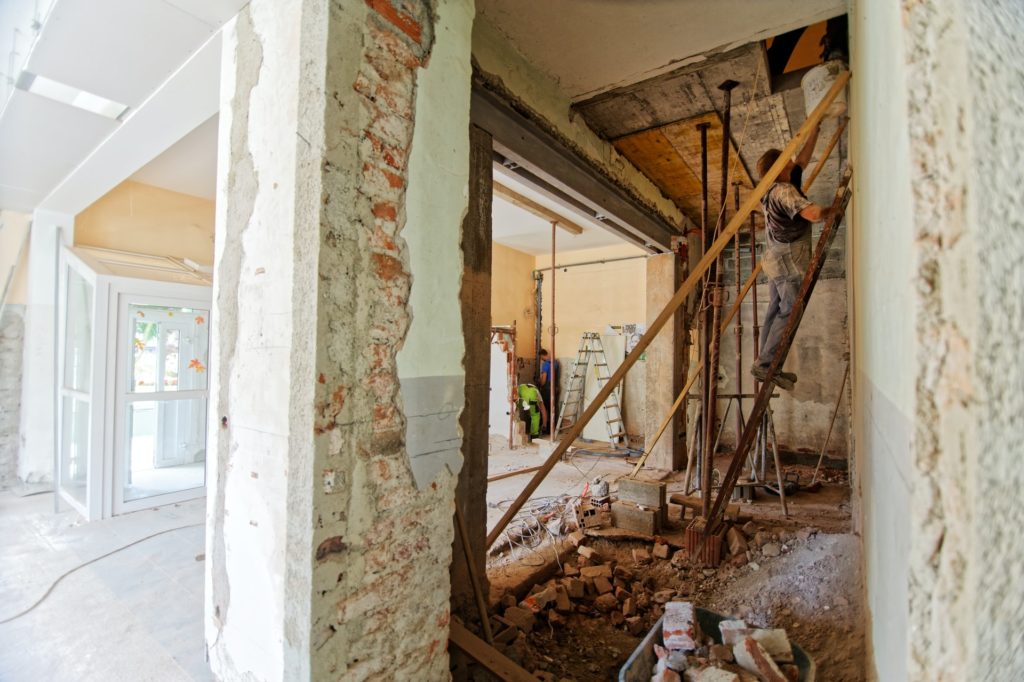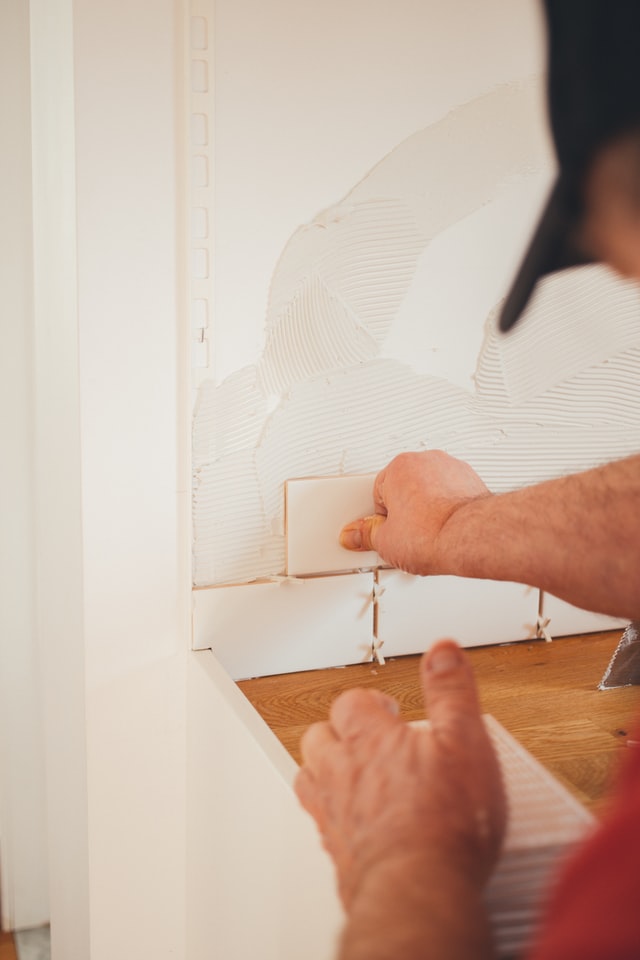Home renovation requires a lot of patience. Even though this is the case, most homeowners still opt to make additions to their aging homes, instead of purchasing new homes. This added value and a modern look to their existing residence. Homeowners have become increasingly excited to renovate and try out the latest styles and products available, especially when it comes to bathroom renovation, according to ower friends at Newcastle Tilers.
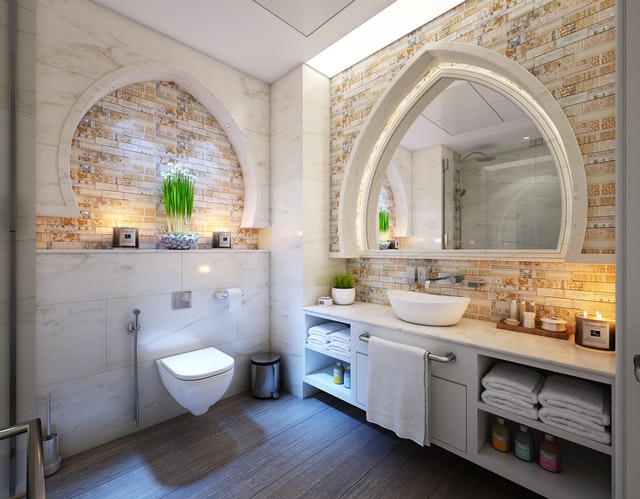
It’s important for money to be used wisely, and so before anyone decides to embark on a home improvement journey; they should consider the impact of the renovation on the value of their asset. It is crucial to limit the cost of the restoration to the value of each room. Taking on home renovations or home improvement projects can also be intimidating, but a well thought out plan is always beneficial.
A good plan helps the owner stay on track and helps them stick to the budget. The plan should include deadlines by building an accurate timeline and by making sure all materials required from start to finish are purchased ahead of time.
It is advisable to start one task and complete it before moving onto another one. This instantly limits the possibility of many abandoned or incomplete projects. It also helps with the inconvenience of having to continue to live around the renovation. This could be a potential safety hazard.
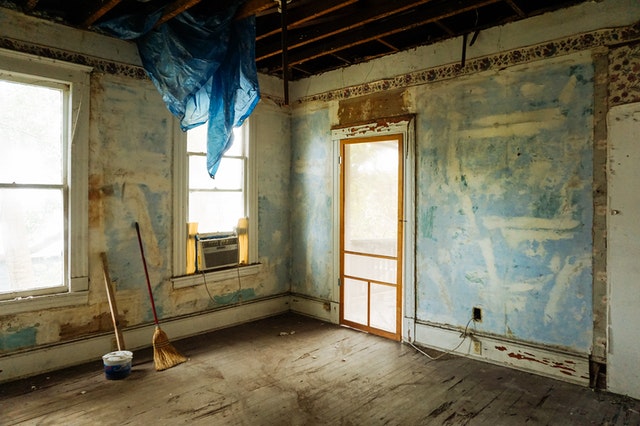
Be confident if you decide to take on a DIY project, it is not for the fainthearted. It is more cost-effective than hiring contractors, and it is a productive way to ensure that you maintain your house and maintain its upkeep.
Always use quality materials so that your renovation job lasts you long, possibly years. Some projects which usually add value to an individual property are:
Kitchen remodelling
The kitchen is considered the heart of the home, and so updating this room will undoubtedly pay off. Adjusting the style, size and quality is essential but always keep future potential buyers in mind, should you decide to sell your house in a few years. A fresh paint job using modern colours usually does the job, as well as replacing old appliances.
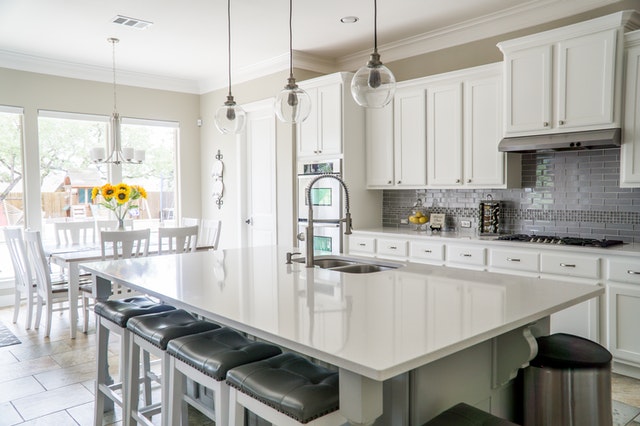
Bathroom renovation
If a house only has one bathroom, one possible idea is to invest in adding another one. Another option is to extend your current one by perhaps adding a shower or bath if it does not have both. Adding accessories and fixing small things such as the toilet, tub, shower or bath will go a long way.
Room reinvention
Adding on a new room onto your existing home can be expensive but beneficial, especially if you have a big family. You can, however, reinvent a space that already exists by converting, for example, an attic or basement to a bedroom. This will save you a lot of money. Necessary updates will add the most value as they will keep your home from deteriorating.
Repairing or replacing flooring
Replacing your floors by taking out old carpets, for example, to replace it with wooden floors or ceramic tiles etc., can add an overdue decor upgrade to your home. It is important not to buy cheap flooring materials and not to cut corners. If you select cheap flooring you will have to replace it in a few years; a durable option is required. You will save more money in the long run.
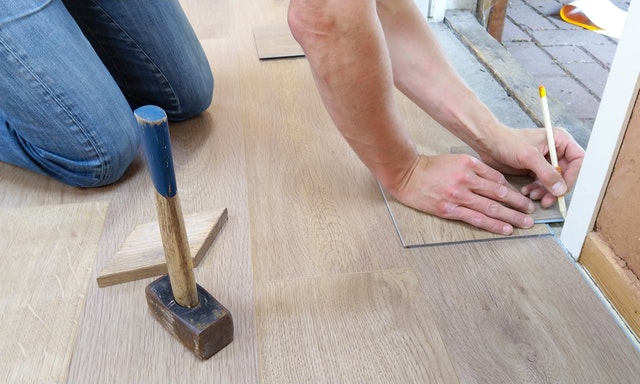
The smaller renovations should not be forgotten or overlooked, and they also have a significant impact on the overall look and finish of the residence. Improvements can be made because, as a homeowner, you may want to sell up in the future. They can also be done to revamp individual spaces in your house simply. Adding on a new room onto your existing home can be expensive but beneficial, especially if you have a big family. You can reinvent a space that already exists by converting an attic or basement to a bedroom. This will save you a lot of money. Simple updates will add the most value as they will keep your home from deteriorating.
